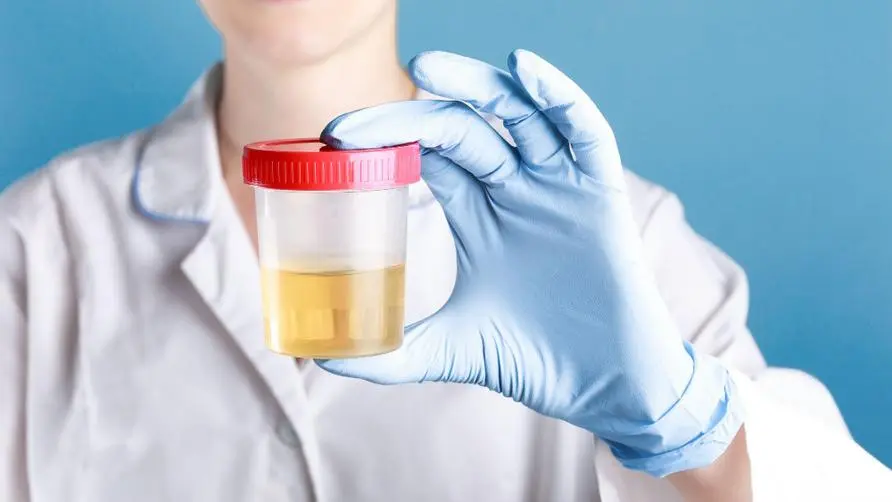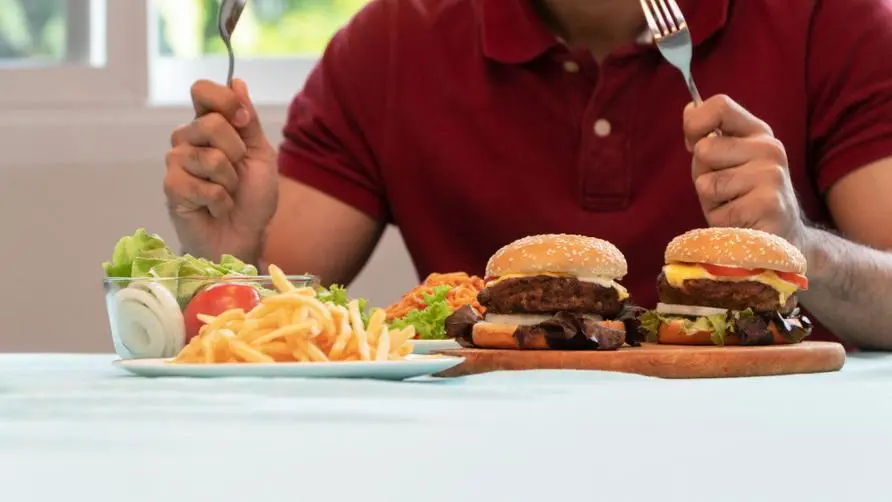Barbiturate urine test prone to false positives? What are the differences between immunoassay and mass spectrometry analysis? The key to interpretation lies in the "threshold"?

How to test if barbiturate has been metabolized? Experts say applying MS mass spectrometry
Recently, it was reported that young children in the north were found to have “barbiturates” and “benzodiazepines” in their bodies. Whether the testing process was interfered with or caused false positives has also become the focus of public discussion. Some poison experts pointed out that barbiturates are not exposed to the environment and theoretically should not be present in children’s bodies. There are no false negative or false positive problems. However, different test methods, test reagents or test substances have different “thresholds” for reaching the standards, so attention should also be paid when interpreting them.
Kao Chi-hsiung, executive supervisor of the Taiwan Society of Medical Laboratory Medicine, explained that the urine toxicology test of the child in this case showed a barbiturate concentration of 64 ng/mL (nanogram/ml), which means that the urine sample was tested based on the principle of immunoassay. Then, the energy changes (such as fluorescence value changes) after the reaction between the specimen sample and the reagent are compared with the calibration equation of the biochemical immunoassay instrument (the calibration line is obtained after performing appropriate instrument calibration using a calibration substance containing a known drug concentration. ), and the test result was 64 ng/Ml, which means “the preliminary screening of the urine showed that the sample had a reaction “similar to” barbiturate substances with a concentration of 64 ng/mL.”
Gao Zhixiong pointed out that the purpose of the test in this case was to find out whether the children had been fed drugs, which may have lasted for many days (not much drug remains after metabolism in the body). When the purpose of the subject’s test is to detect whether children have been fed drugs for a long time and the drug residues are excreted in the urine, the test method should be changed to use a “confirmatory test” or a “Gold Stardard” method. That is “MS mass spectrometry” (usually using GC/MS gas chromatography mass spectrometry or LC/MS/MS liquid chromatography tandem mass spectrometer, etc.).
Is there any false positive problem with the barbiturate test? The key to inspection and interpretation lies in the “threshold”
Su Gangyi, associate professor of the Department of Medical Laboratory Science and Biotechnology, National Taiwan University School of Medicine, pointed out that even if it is determined that there is no drug to be tested in the sample, after testing, the test value will still be generated and will not be zero. This is consistent with the “test value” of the test method. Limit" is related to “anticipated interference”.
For drugs, the detection limit means that when the drug concentration in the sample is lower than a certain value, it cannot be distinguished from the background value; expected interference means that certain molecules similar to the drug to be tested are limited by the test method, or The characteristics of the specimen itself will also produce test interference values that do not come from the drugs being tested. The threshold value of the test method can be determined by considering the “background value” and “interference value”.
Su Gangyi said that if the test value is much higher than the recognized threshold, it means that the credibility of the sample contains drugs is very high; if the test value is near the threshold or even lower than the threshold, from the perspective of a professional medical examiner, it can only be said that the sample was collected Under the detection capabilities of this method, the possibility that the tested specimens contain drugs is very low or does not contain drugs."
Is there a mystery behind the numerical value of barbiturate test? Is immunoassay or mass spectrometry testing more accurate?
Some public voices pointed out that the barbiturate value detected by immunoassay is not accurate, and the value verified by mass spectrometer should be the main one. Su Gangyi explained that the immunoassay method is indeed more susceptible to interference than the mass spectrometry method. Due to the antibody recognition specificity of the immunoassay method, many samples contain similar components to the drug to be tested, or interference from other samples may cause interference in the test. The test value is generated during the test, which is why it is necessary to establish a threshold
In addition, choosing an inspection method is not just a single consideration, but also costs, time-consuming, convenience, appropriateness, feasibility, etc. Generally, if there is a possibility of drug abuse but you are not sure what drug it is, you will choose a quick and feasible method. However, if after screening, there is a reaction or doubt above the threshold for a specific drug, it will be confirmed again with a more accurate method, such as mass spectrometry.
Is it difficult to interpret barbiturate values? What is the difference between zero detection and no detection?
As for the difference between “zero detection” and “no detection”? Su Gangyi said that zero detection means that if the molecules of the drug to be tested in the sample can be counted without interference from any background noise, if one molecule is counted, it is detected. Only if none is counted can it be done. Interpretation of zero detection, and there is currently no such perfect detection method. “Not detected” means that within the capabilities and limits of the test method, no reliable positive result was detected.
Su Gangyi reminded that although abused drugs are expected to be interpreted as “not detected” in the body of normal young children, it does not mean that there is no test value. It is just that this test value may not be caused by abused drugs, and there is not enough test method under this test method. Confidence can be used to interpret the presence of drugs in the specimen.
Su Gangyi said that the professions involved in inspections are very complex, and credible and helpful inspection reports rely heavily on “technical quality” and “professional interpretation.” “Technical quality” is a necessary step when establishing a method. Before a method can be used for testing, it must go through a complex “method validation” process by professional medical examiners and understand the “efficiency” and “limits” of the testing method; and " “Professional interpretation” means that the test results must be presented in the report in a complete, detailed and reasonable manner that is understandable by the subjects or the general public. Oversimplification must be avoided, and the basis for the process from raw data to result interpretation must also be appropriately explained. .
Are barbiturates prone to false positives? Apply the same specimen “confirmation test”
Gao Zhixiong pointed out that automatic immune analyzer quantitative testing can quickly screen a large number of urine samples and is generally used by large medical testing institutions. However, because the testing principle is the binding reaction of antigens and antibodies, it may be interfered by other drugs or substances. “False positive”, if the quantitative detection result value is greater than its threshold, it is judged as positive and should be confirmed by mass spectrometry analysis.
The advantage of high sensitivity of immunoassay analysis is that “it is better to kill by mistake than to miss one”, but it also sacrifices the specificity of analysis. It is possible to catch and kill by mistake because the compounds have similar structures. leading to false positive problems. When the urine preliminary screening result is “positive” or there are doubts about trace residues in judicial cases, further confirmation testing by mass spectrometry is still required before the case can be finalized.
Therefore, if the initial screening test is positive, there are doubtful cases or special judicial cases where non-detection is the threshold, the same sample should be used for mass spectrometry analysis for “confirmation testing” to eliminate the possibility of “false positives”. As for “false negatives”, it often occurs when drug abuse subjects, in order to avoid violating the law, subcontract or adulterate urine samples without complying with legal testing procedures, replace urine with tea or water, or exceed Approximately 3 days after exposure to a drug of abuse, a urine screen may fail to detect the drug and may result in a negative or non-detectable result.
Gao Zhixiong also explained that the administration of drugs to children is a judicial case and must be confirmed by “mass spectrometry analysis” and the “minimum quantifiable concentration” is used as the threshold (meaning no detection) to meet the standard of “zero detection” of children’s drugs. . The report is the preliminary screening test result of the urine sample (barbiturate value reaches 64). According to the SOP and reagent instruction manual of the laboratory that issued the test report, the threshold value is 200. The interpretation result should be “negative”, so it was issued 64(-), but the report format (-) is inappropriate and easily misunderstood.
“If you really want to know what these 64 are, the only way is to perform mass spectrometry analysis on the remaining urine samples, and you will have the answer.” Gao Zhixiong pointed out.
Further reading: What are barbiturates? What diseases is it used to treat? Do compound drugs have side effects?





